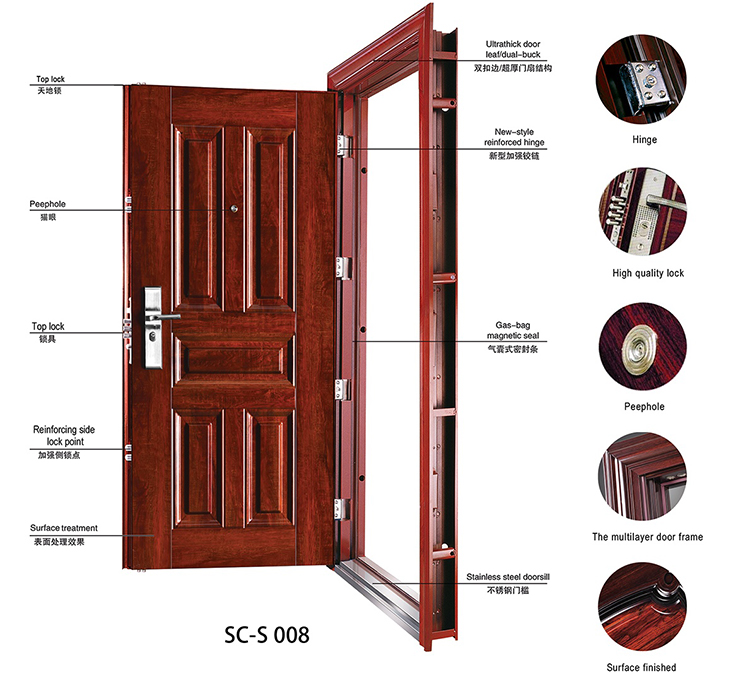Vietnamese Doors: Guardians of Homes, Keepers of Culture
VietNamNet Bridge – Just as village gates stand as proud symbols of communal identity in Vietnam, the humble yet intricate doors of Vietnamese homes, whether crafted from sturdy wood (cửa gỗ) or forged in resilient iron (cửa sắt), offer a fascinating glimpse into the nation’s soul and daily life. These are not mere entrances; they are statements of tradition, security, and the welcoming spirit of the Vietnamese people.

If the village gate is the face of the collective, the house door is the keeper of the family’s heart. To understand the nuances of Vietnamese domestic life and values, one only needs to observe these everyday structures. From the bustling streets of Hanoi to the tranquil pathways of Mekong Delta villages, doors tell a story. They reflect architectural styles, the passage of time, and the deep-seated beliefs of those who live behind them.
Consider the traditional wooden doors often seen in older homes or temples. Intricately carved, they might depict dragons for power and prosperity, or lotus flowers symbolizing purity and enlightenment. These carvings are not just for beauty; they are prayers and aspirations made tangible. The very wood itself, often a rich, dark hardwood, speaks of a connection to nature and a desire for longevity. The phrase “gỗ lim” (ironwood) often evokes a sense of enduring strength.
In more contemporary settings, especially in urban areas, iron doors and gates have become prevalent. While perhaps less ornate than their wooden counterparts, cửa sắt carry their own significance. They represent security and modernity, yet often incorporate traditional design motifs, blending the old with the new. You might see a sturdy iron gate with patterns that echo the geometric designs found in ancient Dong Son drums, or perhaps simpler, elegant lines that emphasize functionality while still maintaining a sense of Vietnamese aesthetic. The emphasis here is often on an toàn (safety) and bền vững (durability).
Interestingly, just like the village gates in the original article, the way a door is presented can speak volumes. A slightly ajar door might signify a welcoming household, an invitation to friends and neighbors. In contrast, a firmly closed door doesn’t necessarily mean unfriendliness, but rather a respect for privacy and the sanctity of the home – a space for family (gia đình).
The materials and designs might change with time and trends, but the essence remains. Vietnamese doors, in their many forms, reflect a culture that values both its rich heritage and its forward momentum. They stand as a testament to the Vietnamese ability to adapt and integrate new influences while holding fast to core values. The sturdy wooden panel or the strong iron bar is a quiet guardian, not just of a physical space, but of cultural identity itself.
One panel might be deeply rooted in ancient craftsmanship, whispering tales of ancestors and traditions. Another, perhaps of gleaming metal, speaks to a dynamic present and an optimistic future. Together, they form a portal, not just into a house, but into the heart of Vietnam.






